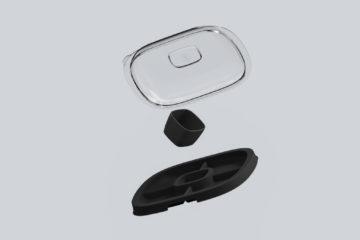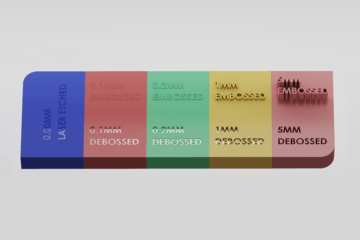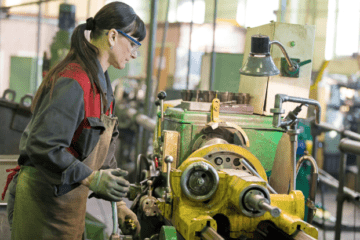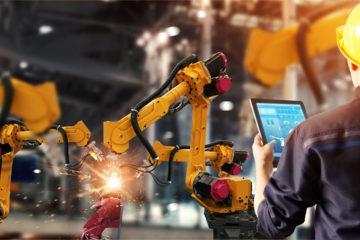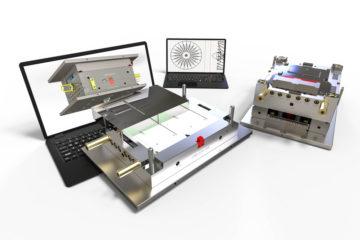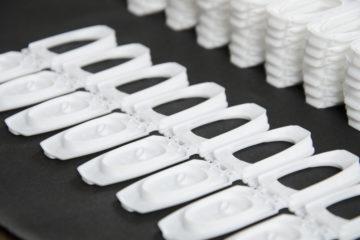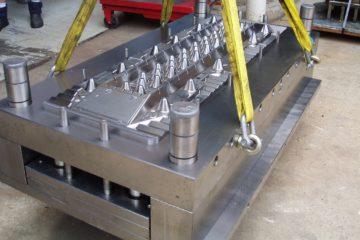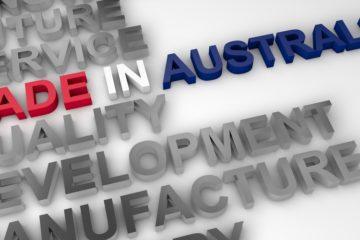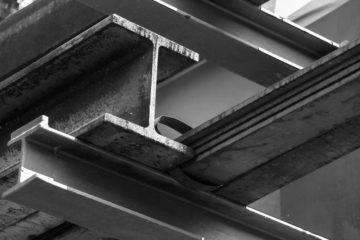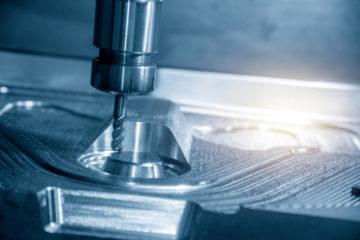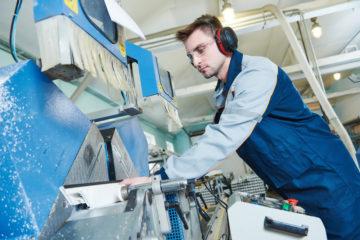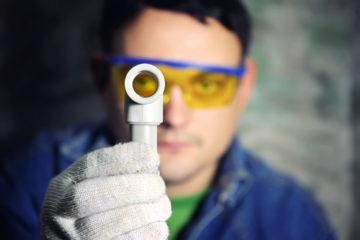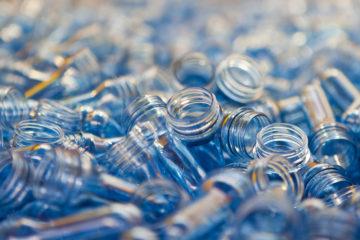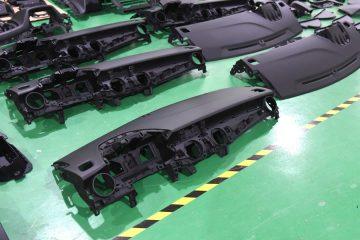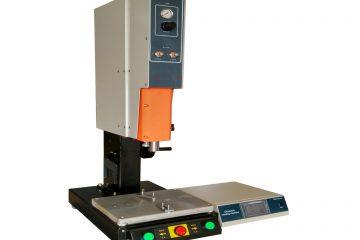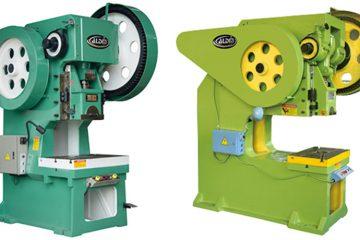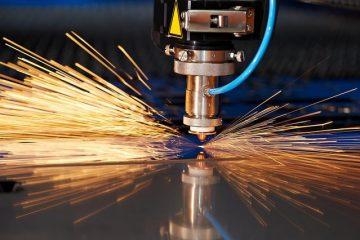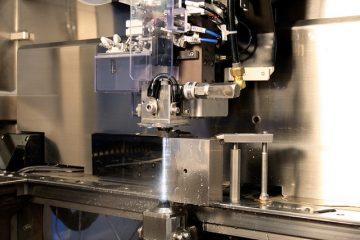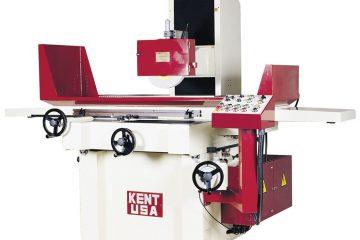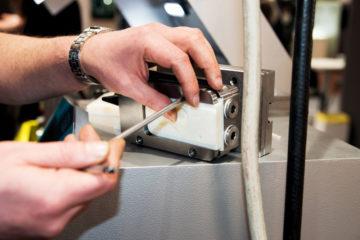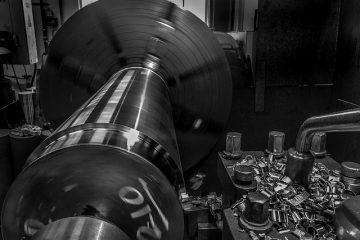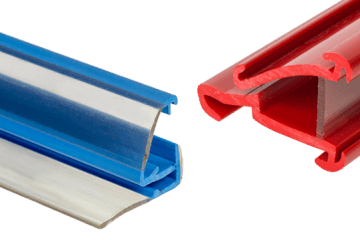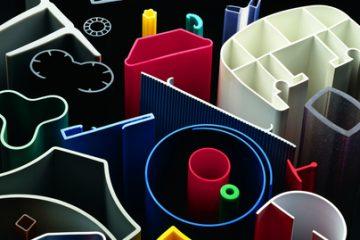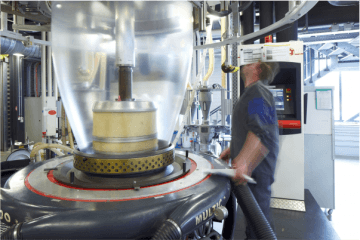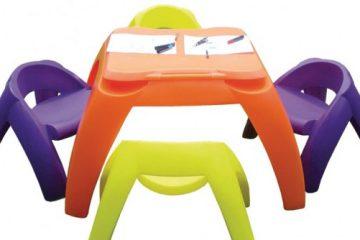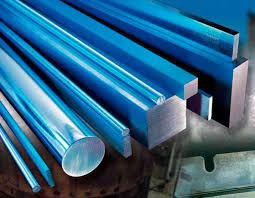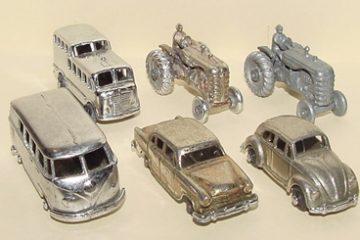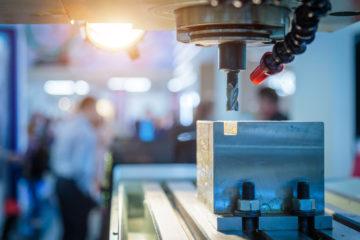Die casting is a very versatile process for producing highly engineered metal parts. Molten metals are forced into reusable steel moulds. These moulds are often called dies, and are designed to produce the complicated shapes that we see in many consumer products ranging from kids toys to automotive parts. The dies, are essentially the reverse of the products that we see in the world around us today. Die casts are used for the highest volume and mass produced items, from simple to complex, and make up a very important part of modern manufacturing and product design.
History. The earliest examples of casting with pressure date back to the mid 1800s. By the end of the 1800s typical items such as cash registers and other mass-produced commercial items were made with this process, although the dies were made out of tin and lead. By 1914 the use of zinc and aluminium was fast becoming the norm in the industry. Magnesium and copper are also used. It has evolved to today where extremely high pressures exceeding 4500 psi producing high integrity and excellent surfaces.
Advantages. It is a very efficient and economical process that can be used for a broad range of shapes and components. Much more than any other manufacturing technique. Both service life and visual appeal can be created accurately from product design – high speed production, identical reproduction, accurate and stable and die cast parts are much stronger than plastic injection moulding of the same dimensions. Because the die castings do not consist of separate parts fastened together, they have the strength of the original alloy. Due to modern tolerances and high-pressure nature of die casting, a variety of surfaces can be created and also they are easily plated or finished with a minimum of preparation. In essence, you can create the product or part exactly how you want it in one clean step.
Why use zinc? Zinc is the easiest alloy to cast, it offers high ductility, high impact strength, and is easily plated. Zinc is best for small parts, has a low melting point, meaning that lower heats can be used and therefore it will do less damage to the die, promoting long die life. This means that your die can be used for longer periods of time before it needs to be retooled.
Design importance. Your industrial designer will know how to make castings that are right for your product, and as with everything there will be trade-offs. Designers and casters should collaborate at early stages to resolve issues that will effect tooling and production and identify elements that affect total cost and feasibility. Design and engineering greatly effects the production process.
Die cast construction and types. Dies are made of alloy tool steels, in at least 2 sections although they may have more, so they can permit the removal of the casting. This may include cores or other sections to produce holes and threads and any other desired shapes. When using the die casting machines, the casts are locked together so the molten zinc will be forced into the shape desired. Essentially there are 4 types of dies; single cavity to produce one component, multiple cavity to produce a number of identical parts, unit die to produce different parts at one time, and combination die to produce several parts for assembly.
Hot chamber casting machines are used more with zinc and other low melting point alloys, that do not erode and destroy the equipment. Consult your professional for more detailed information.
Subscribe to Our Newsletter
Get the latest news from Dienamics into your inbox








